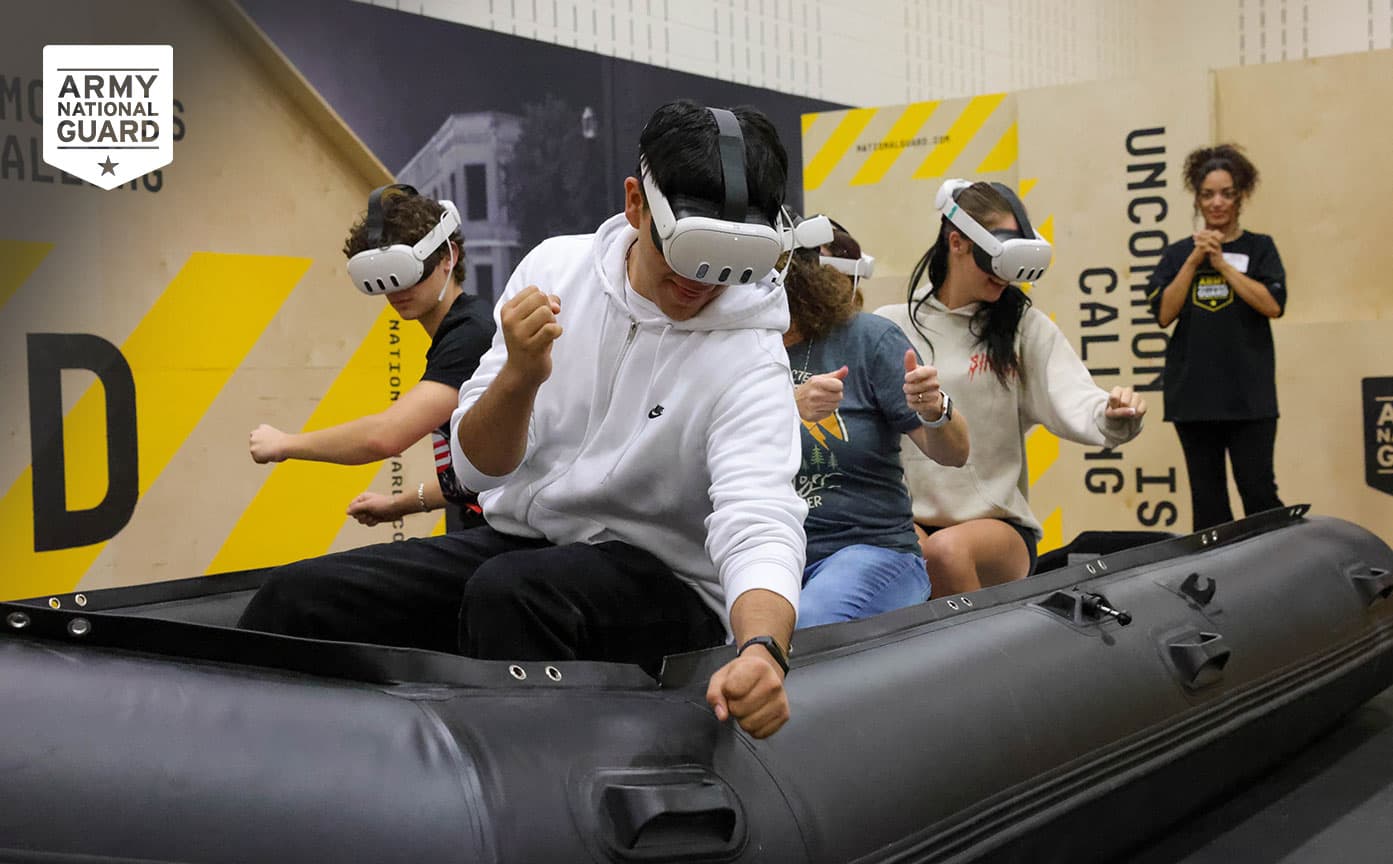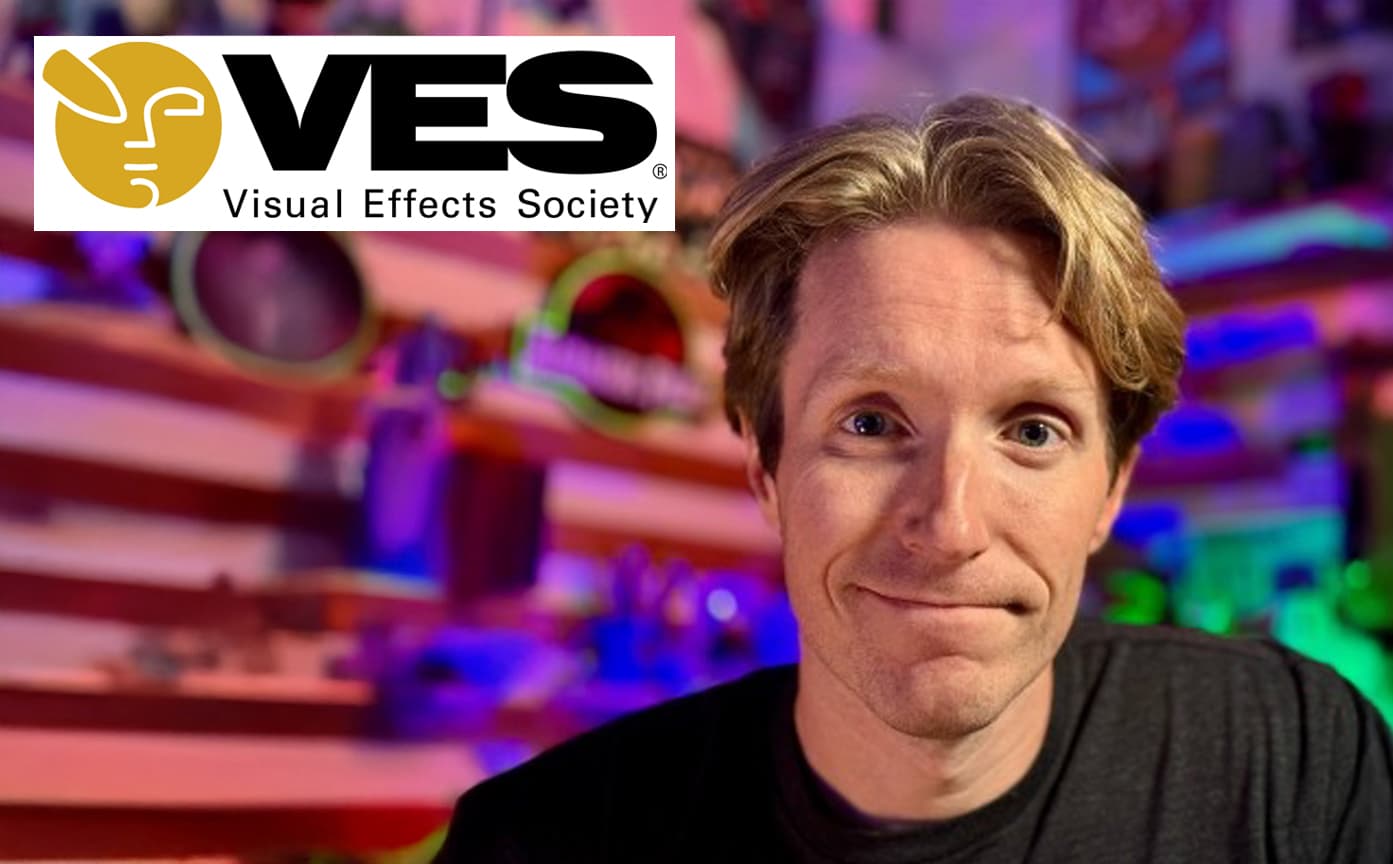
The University of South Florida and Innovative Education Studios, a subset of the University, worked with Groove Jones to enhance their online course content by creating 3D environments for virtual productions. The objective was to capture and then digitally re-create locations of the USF campus for the college to use as backgrounds with their Volumetric Stage.

A volumetric stage is an immersive, three-dimensional performance space where actors and objects can move freely within a defined area. It uses advanced technology, such as cameras combined with motion tracking and dynamic 3D media displayed on LED walls, to create dynamic, interactive environments for productions.

The nature of the volumetric stage allows video creators to put the talent in any space imaginable, utilizing the LED wall to display recreations of existing locations or locations from someone’s imagination, all recreated in 3D and broadcast to the LED screen behind the talent so the talent looks like they are naturally in the environment without the use of a Green Screen. The talent’s performance is better because they feel like they are in the environment. The lighting is also better because it is integrated into the environment with natural reflections and light wrapping. The curse of green spills or green edges on talent is gone.
Behind the Production

The University will use its volumetric stage to film against recreations of campus locations and get optimal filming conditions regardless of what weather conditions, time of day, or on-location shots are not practical.

Groove Jones used Unreal 5 to recreate photoreal lighting conditions, vegetation, weather, materials, and FX; Blender to create objects and characters; and Substance to create different materials.


One of the standout accomplishments was the high-fidelity recreation of 9 distinct locations on the USF campus. The digital versions mimic the physical spaces, providing a realistic backdrop for filmed content. Additionally, the virtual sets allow for night and day changes and weather changes, enhancing versatility. Below, you can see the Marshall Student Center environment during the day.

They can then adjust the time of day and easily stage a shoot at night.

The Marshall Student Center plaza environment, with its ability to accommodate 360 shooting angles, expanded the creative possibilities. These sets were specifically designed to work within Zero Density’s Reality Engine, adding another layer of sophistication to the project.

Locations used:
- Acorn Court Walkway
- Acorn Court Marshall Student Center
- Honors College looking toward the Marshall Student Center
- Looking away from Marshall Student Center
- Looking towards Marshall Student Center
- MLK Plaza looking toward Dr. Martin Luther King Jr. Statue
- MLK Plaza looking toward Bull Fountain
- Interdisciplinary Sciences Building

We shot footage of the various campus locations with drones and then used NeRFs (Neural Radiance Fields) to create accurate 3D geometry. We used this as a reference to make high-res and highly optimized models for real-time use in Unreal Engine. NeRFs are a powerful and exciting technology but are not quite up to Groove Jones’ quality and optimization standards yet.

Photogrammetry was extracted from the drone footage for certain elements, such as the Bull Fountain. Unreal’s 5 Nanite was used for lighting, while Speedtree was used for creating vegetation. A special shout out to Laura Harrison/USF Access 3D Lab for the 3D model of the MLK Bust.


Groove Jones empowered the University of South Florida’s Innovative Education Studios team with cutting-edge 3D assets. We successfully recreated nine virtual sets of iconic locations around the USF campus, explicitly designed for seamless integration within their new state-of-the-art virtual production facilities. The project also demonstrated Groove Jones’ ability to innovate and adapt to emerging technologies, particularly in volumetric stages, an area not widely explored outside of the movie industry.

Learn more about the University of South Florida – https://www.usf.edu/about-usf/




